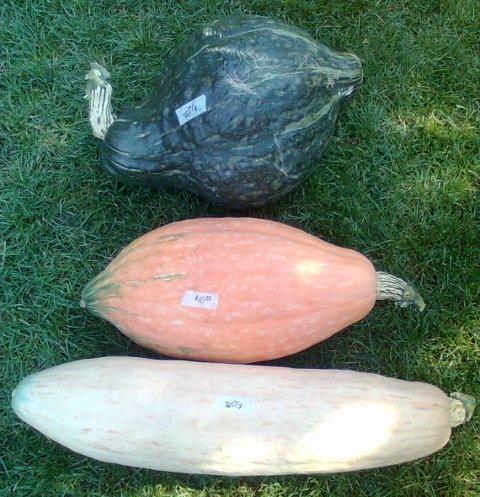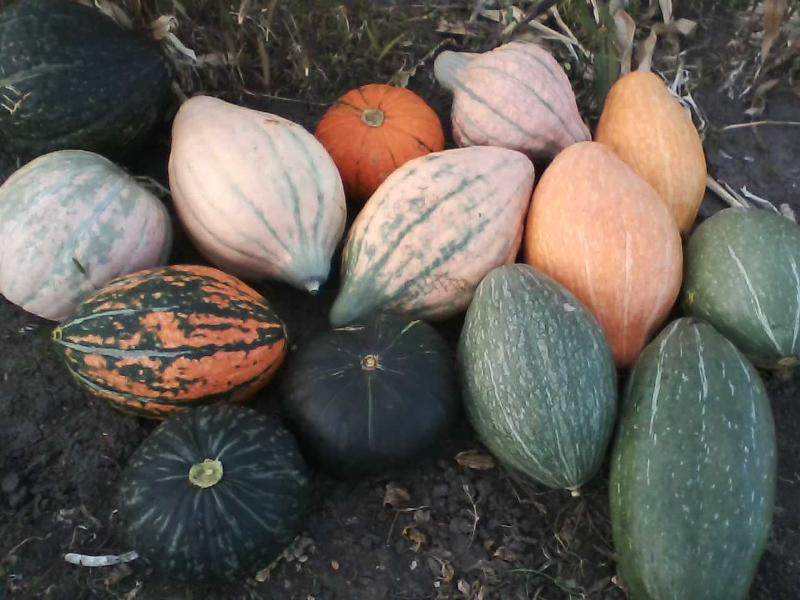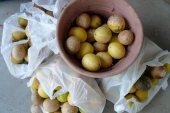
 3
3








When you reach your lowest point, you are open to the greatest change.
-Avatar Aang
 2
2





 6
6




 2
2





 4
4






 2
2




Sometimes the answer is nothing

 2
2




 2
2





 1
1








 2
2










Skandi Rogers wrote:The plants will give more than one fruit so if you get a nice summer squash (or cucumber) that fitted whatever criteria you were after (earliness, vigor, disease resistance etc) and you eat one and it tastes good, mark the plant and let one of it's fruit mature.
 2
2




Western Montana gardener and botanist in zone 6a according to 2012 zone update.
Gardening on lakebed sediments with 7 inch silty clay loam topsoil, 7 inch clay accumulation layer underneath, have added sand in places.

 4
4




![Filename: crookneck_320.jpg
Description: Crookneck squash [Thumbnail for crookneck_320.jpg]](/t/88117/a/80708/crookneck_320.jpg)
 2
2





|
Hey! Wanna see my flashlight? It looks like this tiny ad:
The new gardening playing cards kickstarter is now live!
https://www.kickstarter.com/projects/paulwheaton/garden-cards
|









